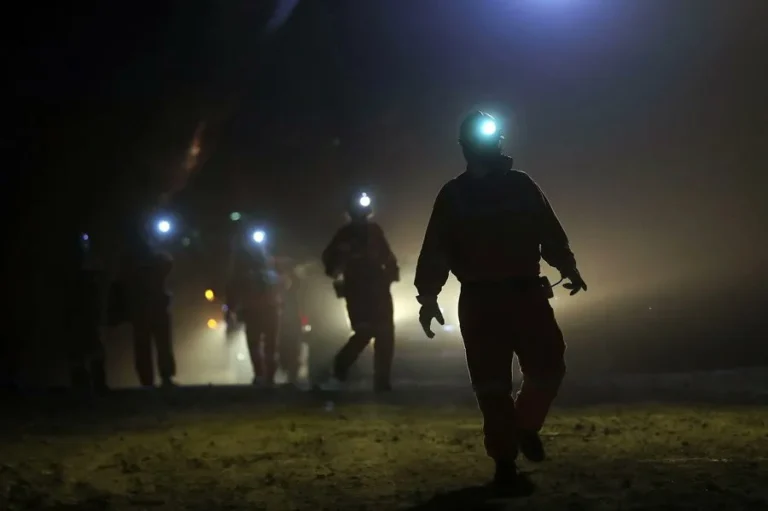El Teniente Accident Adds to Chile’s Long Record of Mining Tragedies
The recent collapse at El Teniente mine, which left one worker dead and five missing, is the latest in a series of fatal mining incidents that continue to raise concerns about safety in Chile’s extractive sector.

El Teniente mine has once again become the focus of national attention following a fatal accident involving six workers. Photo: @EFEnoticias
August 2, 2025 Hour: 1:01 am
A fatal accident at Chile’s El Teniente mine — the world’s largest underground copper operation — has once again brought national attention to safety conditions in the country’s mining industry. The incident, which left one dead and five others missing, adds to a long history of deadly events in Chilean mines despite a decline in accidents since 2010.
RELATED:
Located near the city of Rancagua, El Teniente has recorded several serious incidents over the years. In 2010, two workers were trapped for more than 36 hours following a collapse, and in 2022, a worker died due to a falling rock. The site was also the scene of one of the worst mining disasters in history: the 1945 “Smoke Tragedy,” in which a fire caused toxic smoke to spread underground, killing 355 workers and injuring 747.
Serious accidents have also occurred at other mines across the country. In 1994, a gas explosion at the Pique Arenas Blancas mine in Coronel killed 21 workers, leading to the site’s eventual closure and designation as a national monument. In 2006, an explosion caused by the collision of two trucks at the Carola-Agustina mine in Copiapó left two dead and 70 trapped for several hours.
One of the most widely known incidents took place in August 2010 at the San José mine, also in Copiapó, where 33 miners were trapped underground for 69 days. Initial contact was lost for 17 days until a note from the miners read, “We are fine in the shelter, the 33 of us.” The rescue operation drew international attention and highlighted serious regulatory shortcomings within the sector.
According to Chile’s National Geology and Mining Service (Sernageomin), 41 mining accidents have occurred since the San José incident, with a total of 45 fatalities. In 2024, nine accidents led to the deaths of 11 workers — a figure reflecting an 83% reduction in the fatality rate over the past 13 years. However, the trend appears to be shifting. As of mid-2025, Sernageomin has reported ten mining-related deaths — eleven if the El Teniente fatality is included — indicating a possible increase in risk levels.
While Chile’s mining accident rate has declined over the past decade, the recent events at El Teniente and other sites suggest that safety challenges remain unresolved. Authorities continue to monitor the situation as investigations into the latest incident proceed.
Author: MK
Source: EFE






